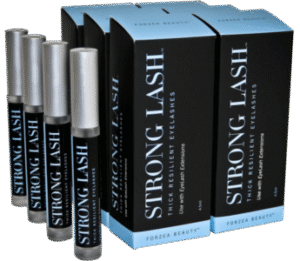Home » Establishing Brand Differentiation With Packaging
Establishing Brand Differentiation With Packaging
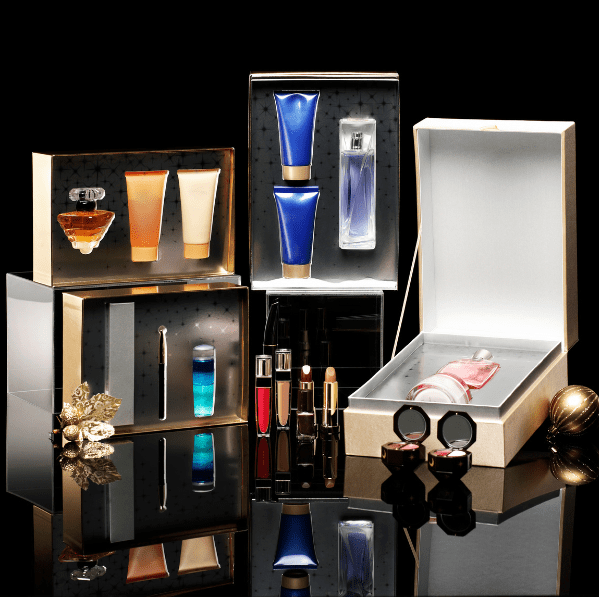
In today’s crowded marketplace, where consumers are overwhelmed with choices, establishing differentiation is crucial for any brand’s success. One of the most effective ways to stand out is through innovative and distinctive packaging. This blog post will explore strategies for leveraging packaging as a tool to differentiate your products in a saturated market.
Understanding the Power of Packaging in Market Differentiation
Packaging is not just a means to protect and contain a product; it’s a critical marketing tool. It communicates your brand’s message, values, and identity. In a saturated market, unique packaging can be the deciding factor that sways consumer preference and drives purchase decisions.

Strategies for Differentiating Packaging
- Bold and Unique Design:
- Use eye-catching designs and color schemes that differentiate your product from competitors. Think outside the traditional aesthetics of your category to captivate attention.
- Incorporate unique shapes, sizes, or textures in your packaging design. Unconventional packaging can intrigue consumers and encourage them to take a closer look.
- Innovative Materials and Sustainability:
- Opt for innovative materials that not only protect the product but also align with emerging consumer preferences, like sustainability.
- Utilize eco-friendly materials, such as biodegradable plastics or recycled paper, to appeal to environmentally conscious consumers.
- Customization and Personalization:
- Offer personalized packaging options. This could range from personalized labels to customizable packaging designs.
- Limited editions and seasonal packaging can create a sense of exclusivity and novelty.
- Interactive and Smart Packaging:
- Integrate technology into your packaging, such as QR codes, AR elements, or NFC tags. This adds an interactive layer to your product, enhancing customer engagement.
- Use smart packaging to provide additional product information, tell your brand’s story, or offer a unique digital experience.
- Clear and Consistent Branding:
- Ensure your packaging clearly communicates your brand identity. Consistent use of logos, colors, and imagery helps build brand recognition.
- Packaging should reflect the brand’s personality, whether it’s luxury, playful, eco-conscious, or cutting-edge.
- Functionality and Convenience:
- Design packaging that adds functional value. For example, resealable or easy-to-open packaging can be a significant differentiator.
- Consider the end-user experience. Packaging that simplifies storage, usage, or disposal can offer an edge over competitors.
- Storytelling Through Packaging:
- Use your packaging to tell a story. This could be the history of your brand, the journey of your product, or the ethos behind your company.
- Storytelling can create an emotional connection with consumers and make your product more memorable.
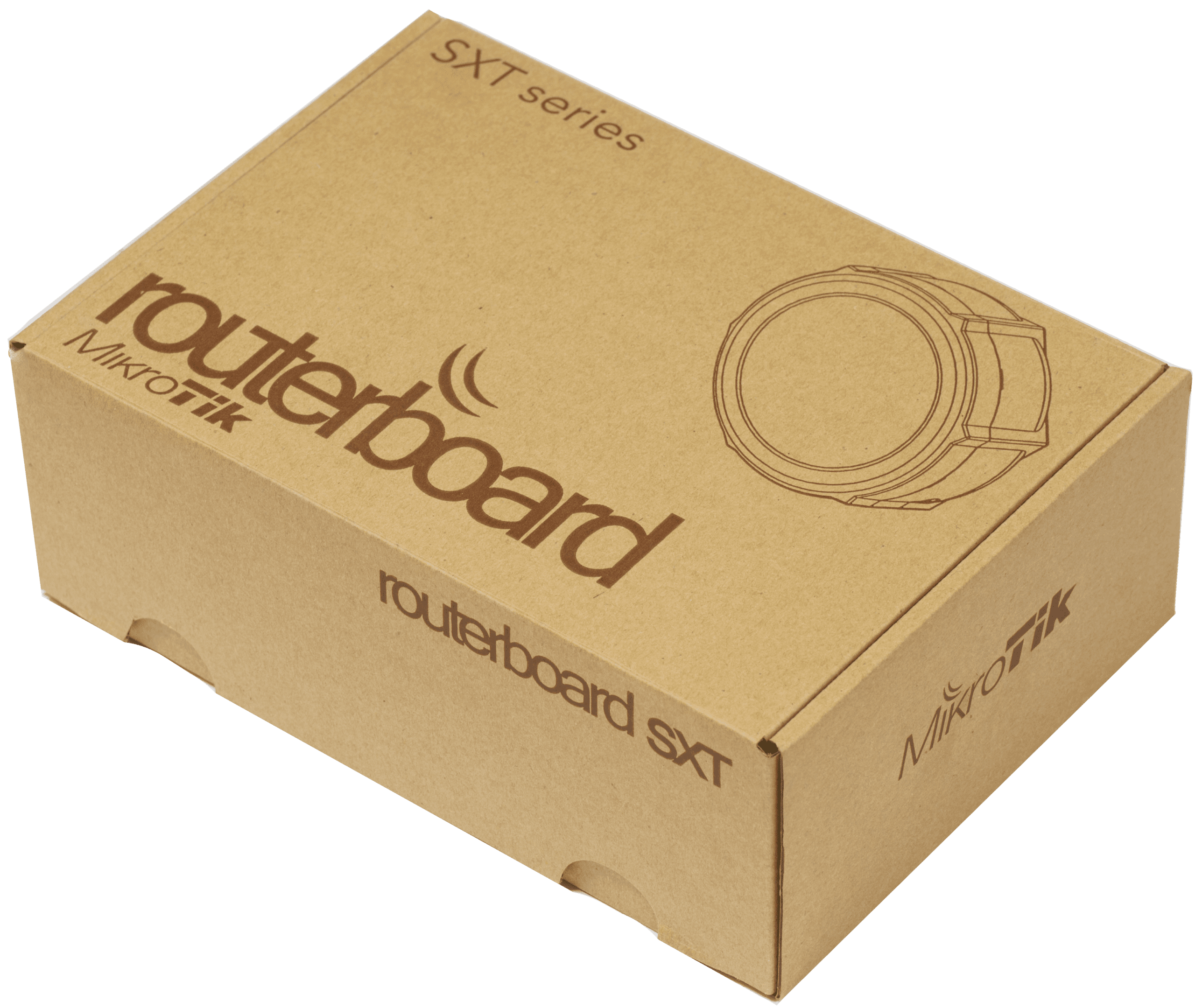
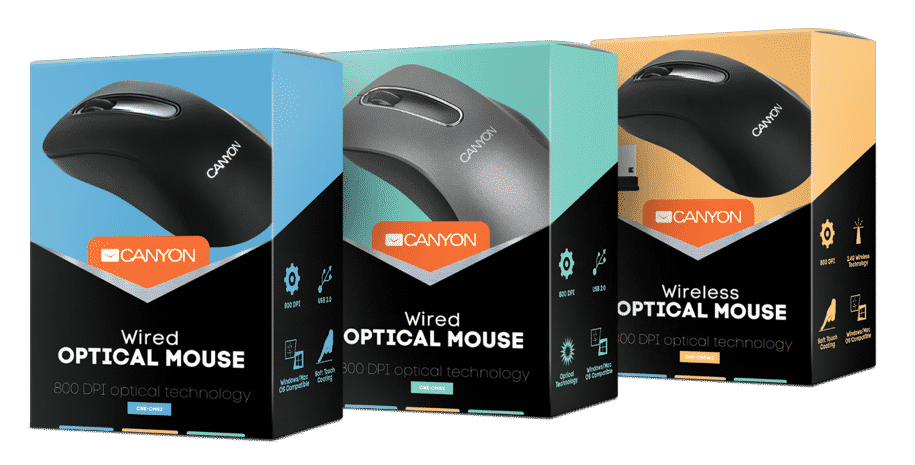
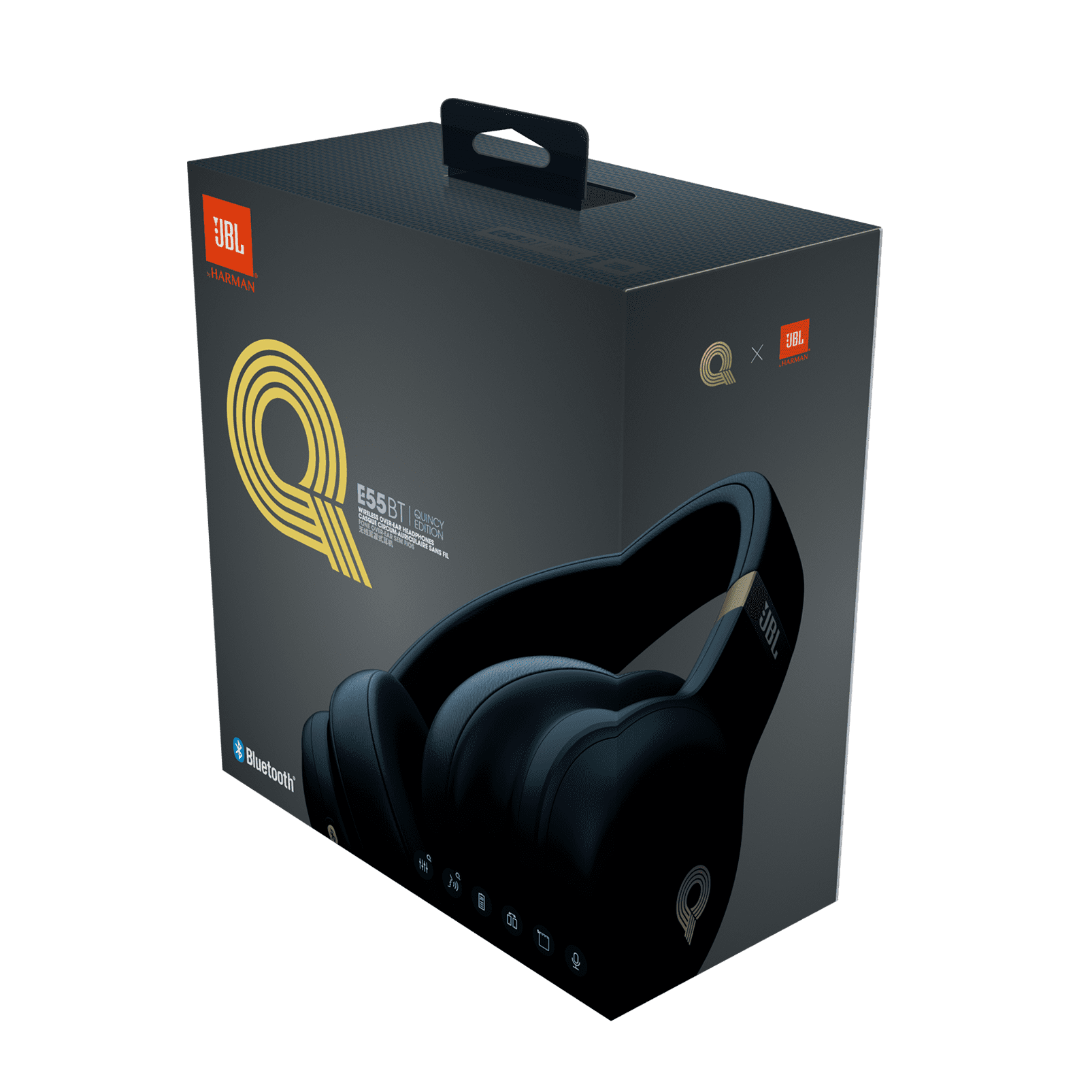
Market Research and Consumer Insights
- Conduct thorough market research to understand what resonates with your target audience.
- Stay updated with current trends in packaging and consumer preferences.
- Collect feedback on your packaging and continually refine based on consumer insights.
Testing and Prototyping
- Before a full launch, test different packaging designs in focus groups or small market segments to gauge consumer response.
- Use prototyping tools to visualize and modify packaging designs efficiently.
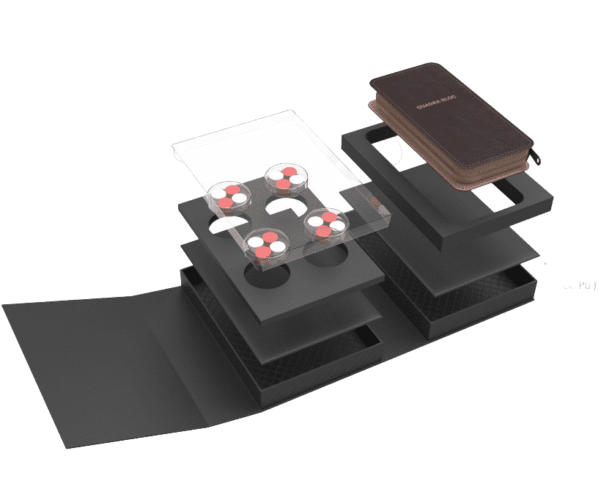
If you are interested in brand differentiation for your product and packaging, then partner with Brown Packaging today to get started.
RSC boxes are known for their efficiency and versatility, but their performance ultimately comes down to strength. Buyers often see numbers like ECT, BCT, and
In packaging, foam isn’t just about initial protection — it’s about maintaining performance over the entire shipping or storage cycle. Compression set and recovery characteristics
Pouches are a go-to for flexibility and convenience, but they can fail in critical ways—from poor seals to punctures and delamination—that hurt performance and brand
In the retail environment, the placement of Point of Purchase (POP) displays is just as critical as their design and content. Strategic positioning can significantly
Choosing the right foam density isn’t about “soft” versus “hard” — it’s about controlling shock transmission and matching the foam’s cushioning curve to the product’s
Moisture resistance and dimensional stability are critical performance factors for custom inserts, especially when products are shipped or stored in variable climates. Both foam and
Home » Establishing Brand Differentiation With Packaging
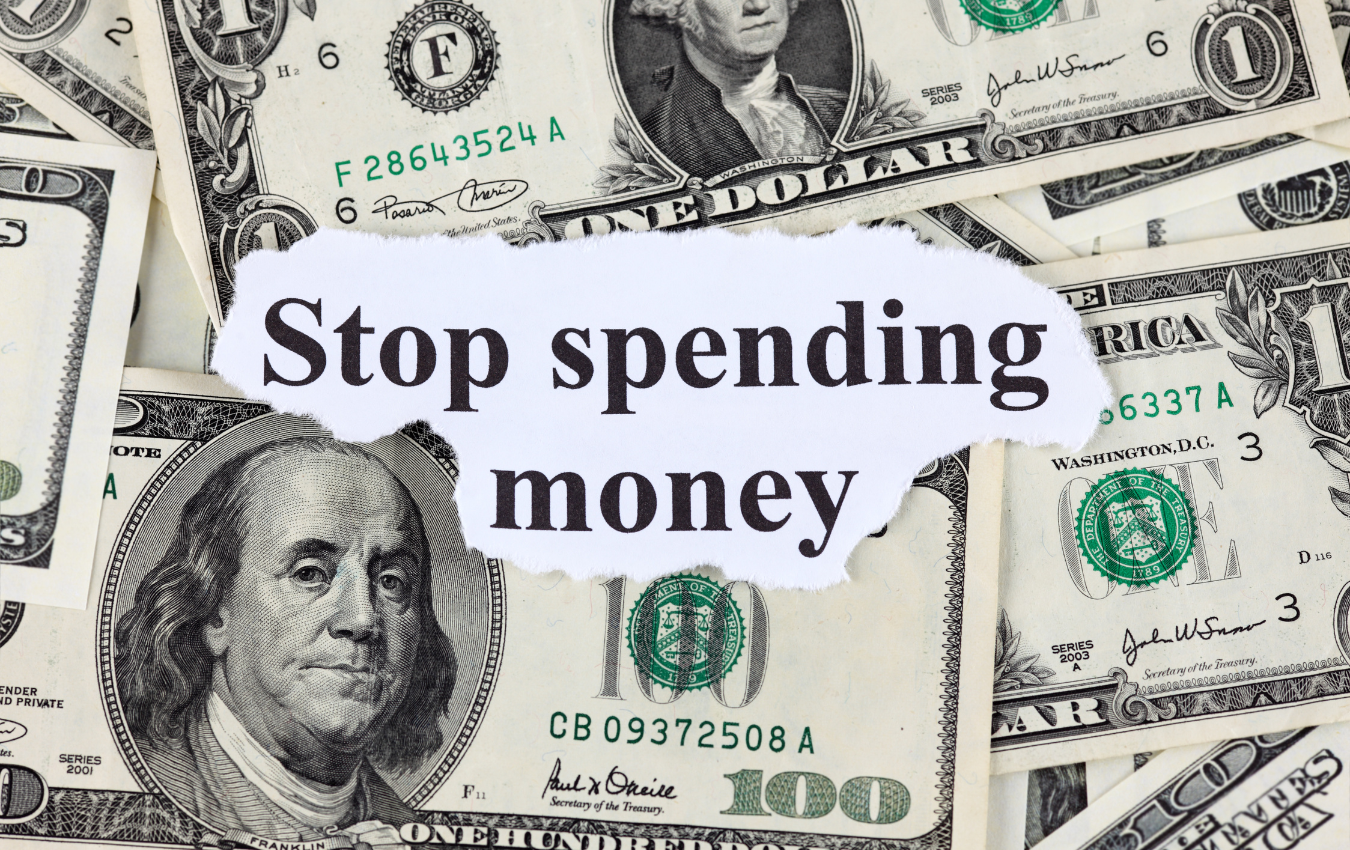
Packaging is a critical part of how your product is presented, protected, and perceived—but are you spending the right amount on it? Many companies unintentionally
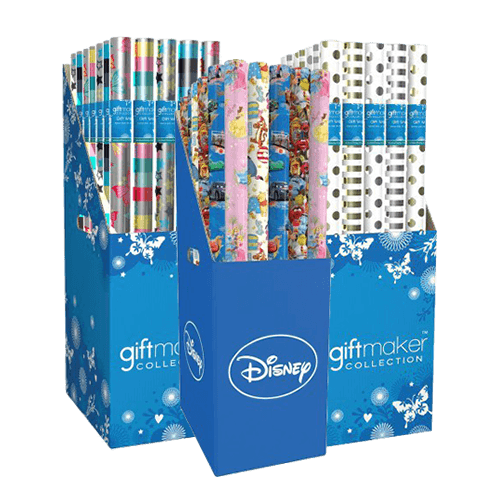
Point of Purchase (POP) displays are a crucial element in the world of retail marketing. They play a significant role in catching the eye of
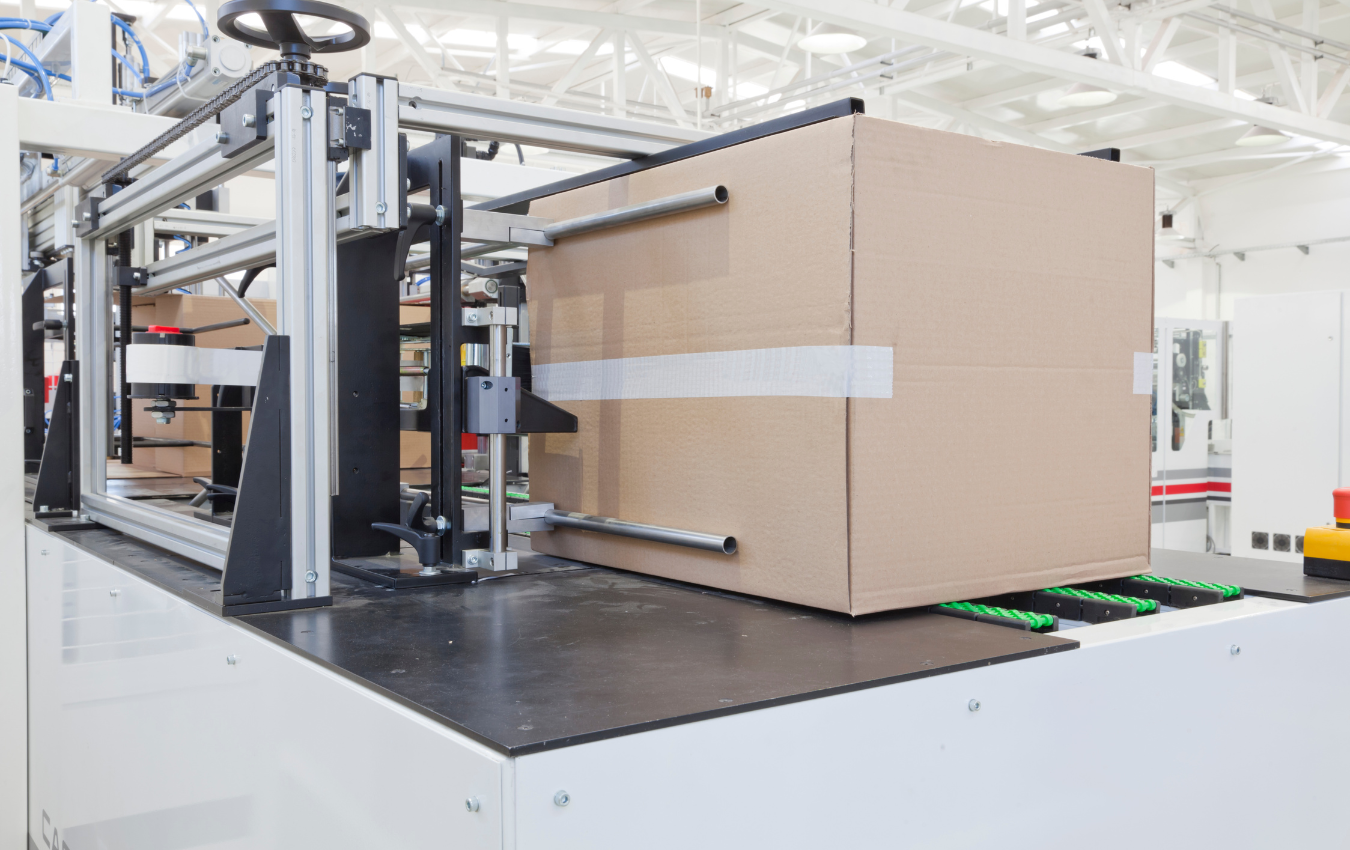
For mid-sized businesses, packaging is a crucial element that impacts brand identity, operational efficiency, and customer experience. Unlike small businesses, which focus on cost-effectiveness, and


